Strap-on roller skates let you turn almost any sturdy, closed-toe shoes into skating gear. They attach directly to your footwear with adjustable straps, making skating more accessible without the need for specialized boots. Here’s what you need to know:
- Best Shoes to Use: Athletic sneakers, hiking boots, or winter boots. These provide the flat soles and ankle support needed for safety and stability.
- Shoes to Avoid: Sandals, high heels, or worn-out sneakers. These lack the structure needed for secure skating.
- How They Work: A wheeled platform attaches to your shoes with straps, creating a seamless skating experience.
- Brand Spotlight: Companies like Snowfeet* are making waves with compact, easy-to-use designs that work with everyday shoes.
Whether you’re a casual skater or just curious, strap-on skates are a fun, practical way to hit the pavement without investing in traditional skates. Just strap them on and roll! :)
Strap-on Electric Roller Skates - Airtrick review
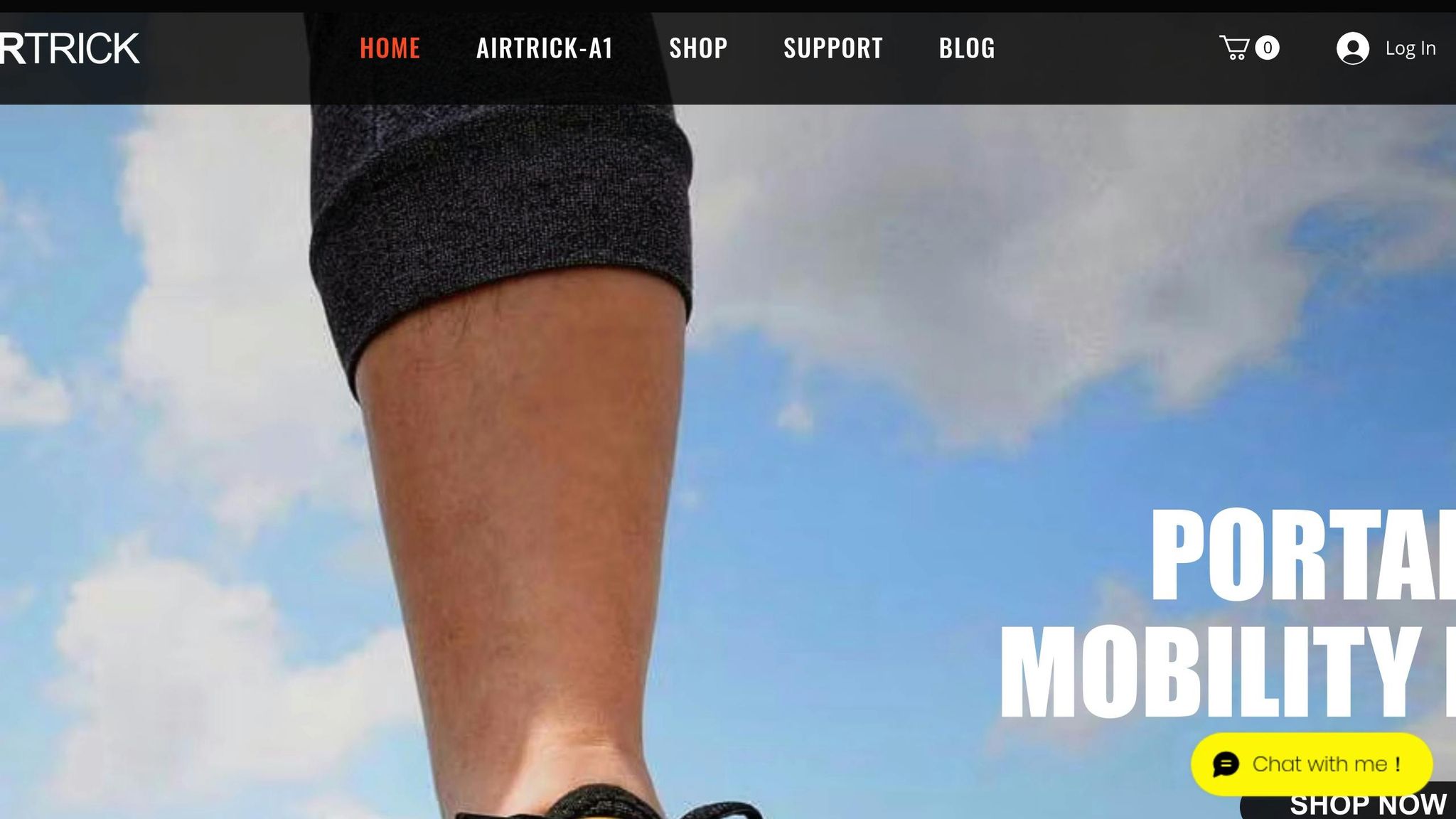
How Strap-On Roller Skates Work
Strap-on roller skates turn your everyday shoes into a set of wheels. They work by securely attaching your regular footwear to a wheeled platform, creating a seamless skating experience without the need for dedicated skates. This clever design lets you enjoy skating with the shoes you already own.
Most setups include a skate platform that sits under your shoe and a binding system to keep your footwear firmly in place. This connection ensures your shoe and the skate move as one, offering both convenience and a smooth ride.
The Mechanism Behind Strap-On Skates
The magic of strap-on roller skates lies in their simple yet effective design: a platform paired with a binding system. The platform, which holds either inline or quad wheels, serves as the base. Adjustable straps are typically used to secure your shoe to the platform, ensuring a snug fit. Some advanced systems even integrate skates directly with specially designed shoes, using modified soles and detachable rolling components. This setup creates a skating experience that feels natural and intuitive.
Shoe Compatibility: What to Look For
Not every pair of shoes works well with strap-on roller skates. To ensure safety and stability, focus on shoes with flat, rigid soles made from materials like rubber. Flexible or heavily textured soles can interfere with the binding system and reduce stability.
For example, systems like Flaneurz have specific requirements for compatible shoes. These include:
- Shoes must be new and unworn outdoors.
- European sizes from 35 to 46⅔ are supported.
- The sole thickness should measure at least 0.28 inches (7 mm) at the front and 0.51 inches (13 mm) at the back, but not exceed 1.26 inches (32 mm) at the back.
Shoes with solid structural support are also a must. Look for options that provide good heel support and ankle stability, such as sturdy athletic shoes, high-tops, hiking boots, or low-cut sneakers. Avoid footwear like sandals, flip-flops, high heels, or worn-out sneakers, as they lack the support needed for safe skating. Lightweight slip-ons or canvas shoes may also fall short in providing the rigidity required.
If you're using an advanced system like Flaneurz, you can explore their "Custom Pack" option, which integrates rolling parts into new sneakers, or their "Custom Shoes Only" service, where you can send in your own shoes for transformation. However, starting with the right pair of compatible shoes ensures a safer and more enjoyable skating experience.
Shoe Compatibility: What Shoes Can You Use?
Your choice of shoes can make or break your strap-on skating experience. While these skates offer flexibility, not every shoe is up to the task of providing the safety and performance needed for a smooth ride.
Best Shoe Types for Strap-On Skates
If you're planning to strap on some skates, athletic sneakers are your best bet. Their flat rubber soles and solid construction provide a stable base for both skating and walking, while also offering the heel support you need. Think basketball shoes, cross-trainers, or running shoes - these are all solid choices.
Some companies, like Flaneurz, have taken it a step further by teaming up with popular sneaker brands. For example, their "Flaneurz Complets Veja rollers" combine Veja sneakers with detachable roller systems, proving that a well-made sneaker can double as a great skating platform.
Low-cut shoes can also work, as long as the sole is sturdy and offers proper heel support. The height of the shoe isn't as important as its ability to meet these criteria. That said, not all shoe styles are up to the challenge.
Limitations and Considerations
While athletic shoes or sturdy low-cut options are ideal, certain types of footwear are a no-go. Sandals, flip-flops, and open-toed shoes don’t provide the structure needed for skating safety. Similarly, worn-out sneakers with thinning soles can fail unexpectedly, making them a risky choice. These types of footwear simply aren’t designed to securely attach to the skate platform.
If you're thinking about custom integration services, keep in mind that it's not just about how the shoes look. Technical details like sole thickness and support are critical. In fact, custom systems often require brand-new, unworn shoes that meet specific requirements.
When it comes to strap-on skates, always prioritize function over fashion. A solid pair of athletic shoes that checks all the safety boxes will give you confidence and performance while you're rolling around.
sbb-itb-17ade95
Why Snowfeet* Beats Traditional Gear
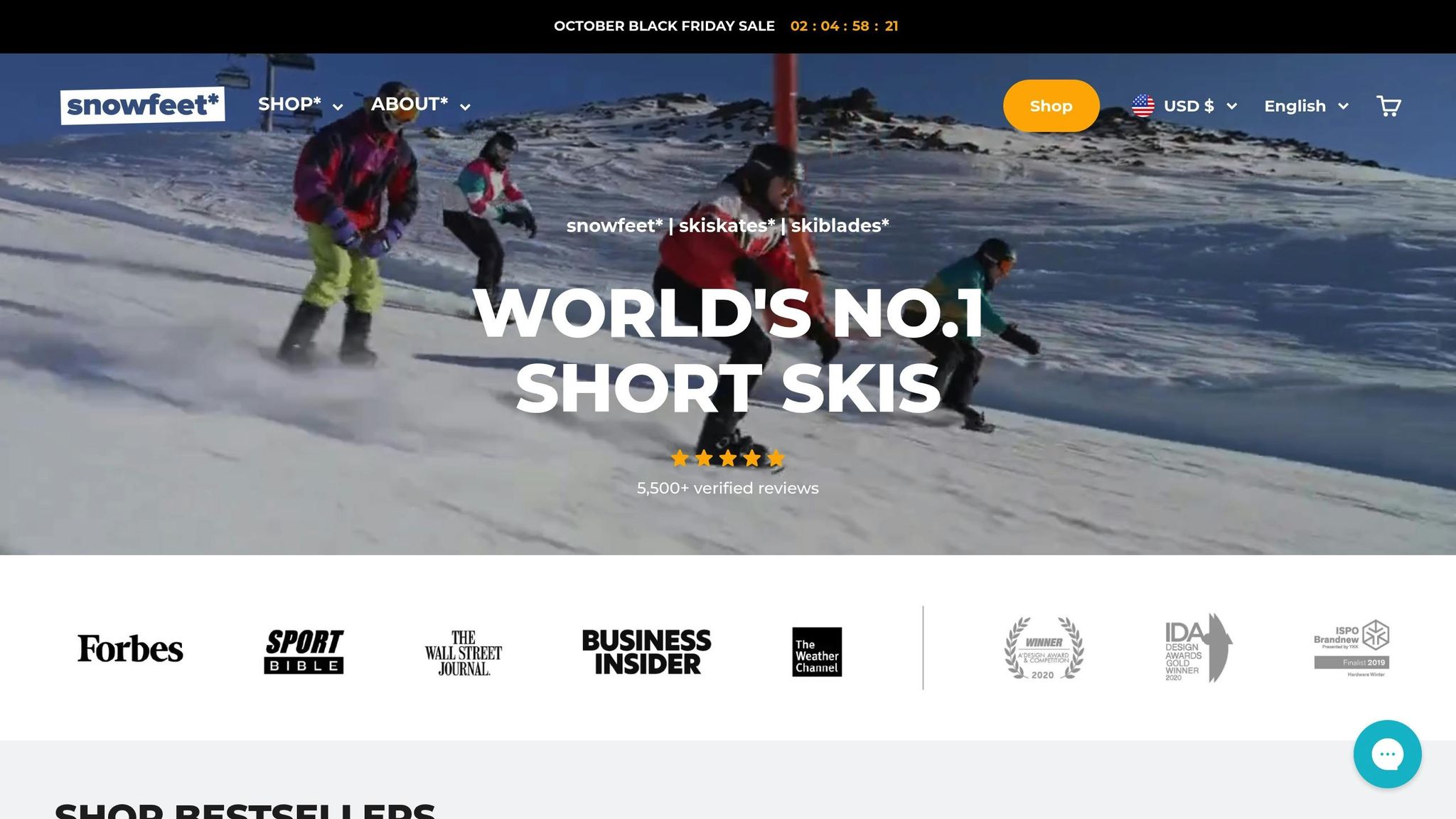
Snowfeet* takes the concept of strap-on roller skates and transforms it into something entirely new for winter sports. By rethinking what snow gear can be, Snowfeet* offers some clear advantages over traditional skiing and snowboarding equipment.
Snowfeet* vs. Traditional Ski and Snowboard Gear
Skiing and snowboarding may have been the go-to winter sports for decades, but they come with their fair share of challenges - ones that Snowfeet* tackles head-on. For starters, let’s talk about size. Traditional skis can stretch up to 6 feet long, and snowboards aren’t much shorter, making them a hassle to carry around. Snowfeet*? Their products are compact, ranging from just 15 inches (38 cm) for the Mini Ski Skates to 47 inches (120 cm) for their longest short skis. That’s a game-changer for anyone who’s tired of lugging around bulky gear.
Then there’s the learning curve. Mastering skiing or snowboarding often takes weeks of lessons and a lot of patience. With Snowfeet*, you just strap them on and go. No complicated techniques to learn - just instant fun.
Here’s a quick look at how Snowfeet* compares to traditional gear:
| Feature | Snowfeet* | Traditional Skis/Snowboards |
|---|---|---|
| Portability | Lightweight, compact | Heavy, bulky |
| Learning Curve | Easy to pick up | Takes time and lessons |
| Shoe Compatibility | Works with regular shoes | Requires specialized boots |
| Terrain Options | Parks, trails, backyards | Mostly ski slopes |
| Cost Efficiency | Budget-friendly | Expensive setup |
The cost difference is hard to ignore. A full ski setup - skis, bindings, boots, and poles - can easily cost anywhere from $800 to $1,500 or more. Snowfeet* products, on the other hand, start at just $250 for the Mini Ski Skates. That’s a big win for anyone looking to enjoy winter sports without breaking the bank.
Snowfeet* Product Highlights
What really sets Snowfeet* apart is their range of products, each designed to make winter sports more accessible and fun. Let’s break it down:
- Mini Ski Skates (38 cm): These are as portable as it gets. They fit in a backpack and work with your regular winter shoes, making them perfect for casual outings.
- Snowfeet PRO (50 cm): With adjustable bindings and multiple color options, these offer a bit more customization while keeping things lightweight.
- Skiskates (44 cm): Built with a professional-grade wood core, these short skis deliver serious performance without the bulk.
For those looking for even more variety, the Skiblades lineup has you covered. The 65 cm version is ideal for snowparks and carving, while the 99 cm model provides extra stability for advanced skiers. And if powder snow is your thing, the Snowfeet POWDER (99 cm) is specifically designed for those conditions, offering top-notch performance at a fraction of the cost of traditional gear.
What’s really exciting is how Snowfeet* isn’t just tweaking traditional designs - they’re creating something entirely new. Founders Zbynek and Michael are on a mission to make skiskating a recognized winter sport, possibly even an Olympic event someday. Their higher-end models feature wood core construction for durability and performance, while adjustable bindings allow you to use anything from winter shoes to snowboard boots. That means you’re not stuck buying expensive, specialized footwear like you would with traditional skis.
In short, Snowfeet* combines simplicity, portability, and performance in a way that’s hard to beat. Whether you’re a seasoned skier or just someone looking for an easy way to enjoy the snow, they’ve got something for you. And who knows? You might just be part of the next big thing in winter sports.
Tips for Comfort and Performance
Making the most of your strap-on skating experience boils down to three essentials: getting the right fit, keeping up with maintenance, and practicing safe skating. Whether you're gliding with traditional strap-on roller skates or tackling snowy adventures with Snowfeet*, these tips will help you skate comfortably and confidently.
Getting the Right Fit and Stability
Start with the right footwear - shoes that provide good ankle support are key. Think hiking boots, sturdy sneakers, or winter boots with firm soles. Avoid shoes with soft or overly flexible soles, as they won’t give you the stability you need.
When tightening your straps, aim for a snug fit without cutting off circulation. Begin by loosening all the straps, slide your foot in, and then tighten them evenly. A quick test: shift your weight from side to side to ensure your foot feels secure. Snowfeet* bindings are designed to adjust to different shoe sizes, keeping both your heel and toe firmly in place.
If you’re new to strap-on skates, start with short sessions (15–20 minutes) to let your feet adjust. Thicker socks can also help during those early outings by reducing friction and filling out any extra space. Once you’ve nailed the perfect fit, regular care will keep your gear performing at its best.
Maintenance and Accessories
Keeping your skates in good shape doesn’t take much effort but pays off big time. After each outdoor session, give your gear a quick clean. For roller skates, wipe down the wheels and bearings to remove dirt and debris. For Snowfeet*, brush off snow or ice and make sure they’re completely dry before storing them.
Check your straps regularly for any signs of wear, like fraying or stretching. If you spot damage, replace them right away to avoid any unexpected equipment issues.
Snowfeet* offers accessories that can make life easier, like carrying bags for hassle-free transport and replacement straps for longer outings. And don’t forget to clean and lubricate your bearings regularly - it’s a simple way to extend their lifespan and keep your ride smooth.
Safety Tips for Beginners
Once your gear is ready to roll (or glide!), it’s time to focus on safe skating habits. Start slow and steady to build both skill and confidence. For roller skates, flat and smooth surfaces like empty parking lots are ideal. If you’re using Snowfeet*, look for gentle, packed snow slopes. Avoid busy areas, steep hills, or uneven terrain until you’ve mastered the basics.
Protective gear is non-negotiable. A helmet should always come first, followed by knee and elbow pads. For roller skating, wrist guards can help prevent injuries from falls. If you’re using Snowfeet*, think ski or snowboard gear - goggles, weather-appropriate clothing, and layers to keep you warm.
Learning how to fall safely is just as important as learning how to skate. Practice falling on soft surfaces like grass or snow. Bend your knees and try to roll instead of putting your hands out to catch yourself - this can reduce the risk of injury.
Focus on mastering the basics before diving into advanced moves. For roller skates, start by standing still, then work on small steps and gentle gliding. With Snowfeet*, begin with straight runs on easy slopes before attempting turns or tricks. Set small, achievable goals for each session to keep things fun and frustration-free.
Lastly, pay attention to weather and surface conditions. Wet pavement can make roller skating slippery, while icy or fresh snow can change how Snowfeet* products handle. Always check conditions before heading out and adjust your technique as needed.
And don’t skip practicing emergency stops - they’re a lifesaver. Just like Snowfeet* simplifies winter sports, these safety habits will help you transition from a cautious beginner to a confident skater in no time.
Conclusion: Snowfeet* and the Future of Skating
Winter sports are evolving, and skating is no exception. Thanks to strap-on systems, enjoying the snow has never been easier or more accessible. Leading this shift is Snowfeet*, proving you don’t need bulky, high-cost gear to have fun on the slopes.
Key Takeaways
So, can you skate on any shoes? The answer is a resounding yes - as long as you’ve got the right strap-on equipment. While traditional systems often require sturdy footwear, Snowfeet* goes a step further, transforming your everyday winter boots into high-performance skates.
For the best results, stick to shoes with firm soles and solid ankle support - details we’ve covered earlier. These features ensure a snug fit with adjustable bindings, giving you a safe and enjoyable experience.
What makes Snowfeet* stand out is its practicality. Compared to traditional skis or snowboards, their gear is lighter, easier to learn, and fits neatly in a backpack. Plus, it’s way more affordable. That means you can hit the snow faster - no complicated setups or steep learning curves required.
Snowfeet*: Redefining the Skating Experience
Snowfeet* isn’t just about gear; it’s about reimagining winter sports. The company, founded by Zbynek and Michael, has introduced skiskating - a sport that challenges the old-school idea that longer skis are better. Their vision? To make winter sports more fun, more accessible, and maybe even Olympic-worthy one day.
Their philosophy is refreshingly simple: smaller skis can lead to bigger adventures. While traditional ski brands push long, expensive equipment, Snowfeet* focuses on compact designs that prioritize freedom and fun.
What truly sets them apart is their dedication to making winter sports easy for everyone. Whether you’re on a slope, in a park, exploring trails, or just playing around in your backyard, Snowfeet* delivers. You don’t need fancy boots, pricey lift tickets, or years of lessons - just strap them on and go.
The future of skating is here, and it’s all about inclusivity and simplicity. Snowfeet* proves that winter sports don’t have to be intimidating or out of reach. Whether you’re new to the snow or a seasoned pro looking for something different, their strap-on skates open up a world of possibilities. So grab your winter shoes, give it a try, and see how this game-changing gear can transform your snowy adventures.
FAQs
What should I keep in mind for safety when using strap-on roller skates with different shoes?
When it comes to strap-on roller skates, safety should always come first. Make sure to gear up with protective equipment like a helmet, wrist guards, knee pads, and elbow pads. Your helmet should fit snugly, covering both your forehead and the back of your head. Wrist guards are a must since your wrists are often the first to hit the ground during a fall. And don’t forget knee and elbow pads - they’ll save you from scrapes and help protect your joints, especially if you’re skating on rough or uneven surfaces.
Equally important is your choice of footwear. Stick to sturdy, supportive shoes - sneakers or athletic shoes with a secure fit are your best bet. Flimsy footwear like sandals, high heels, or shoes with poor grip can mess with your balance and make skating riskier. Prioritize comfort and stability so you can skate with confidence and avoid unnecessary injuries.
How do Snowfeet compare to traditional skiing and snowboarding gear in terms of ease and affordability?
Snowfeet offer a no-fuss alternative to traditional skiing and snowboarding gear. The best part? They work with your regular winter boots - no need for clunky, specialized ski boots or complicated setups. This makes them a great choice for anyone who wants to skip the learning curve of skiing or snowboarding and get straight to enjoying the slopes. They’re easier to pick up, so you can spend less time figuring things out and more time having fun.
On top of that, Snowfeet are much easier on the wallet. With prices ranging from $150 to $199, they cost about the same as a few days of renting ski or snowboard equipment. And since they don’t require much upkeep, you’ll save even more money over time. Snowfeet make it easier - and cheaper - for anyone to dive into winter sports.
Can I use strap-on skates on all surfaces, or are some better suited for skating?
Strap-on skates can glide across many surfaces, but some are better than others for a smooth and safe ride. Concrete stands out as a favorite for both indoor and outdoor skating, thanks to its tough, even surface. Asphalt and other paved areas also work well outdoors, providing a solid foundation for skating.
When skating outside, go for softer wheels (usually with a hardness rating of 78A-82A). These wheels do a better job of soaking up bumps and managing uneven ground. On the flip side, harder wheels are perfect for smooth surfaces but might struggle with grip on slick or slippery spots. Matching your wheels to the surface can make all the difference for a fun and comfy skating session.
Related Blog Posts
- Best Strap-On Ice Skates for Adults and Kids (No Special Boots Needed)
- Strap-On Ice Skates vs. Traditional Ice Skates: Pros & Cons for Beginners
- Best Affordable Strap-On Skates: Skate on Any Shoes (2025 Guide) ← Snowfeet positioning
- What Are Strap-On Skates and How Do They Work? (Snowfeet & Wheelfeet Explained)





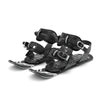
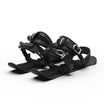
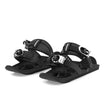

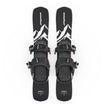
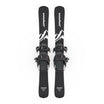

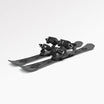
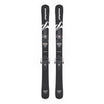
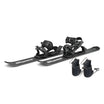
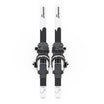





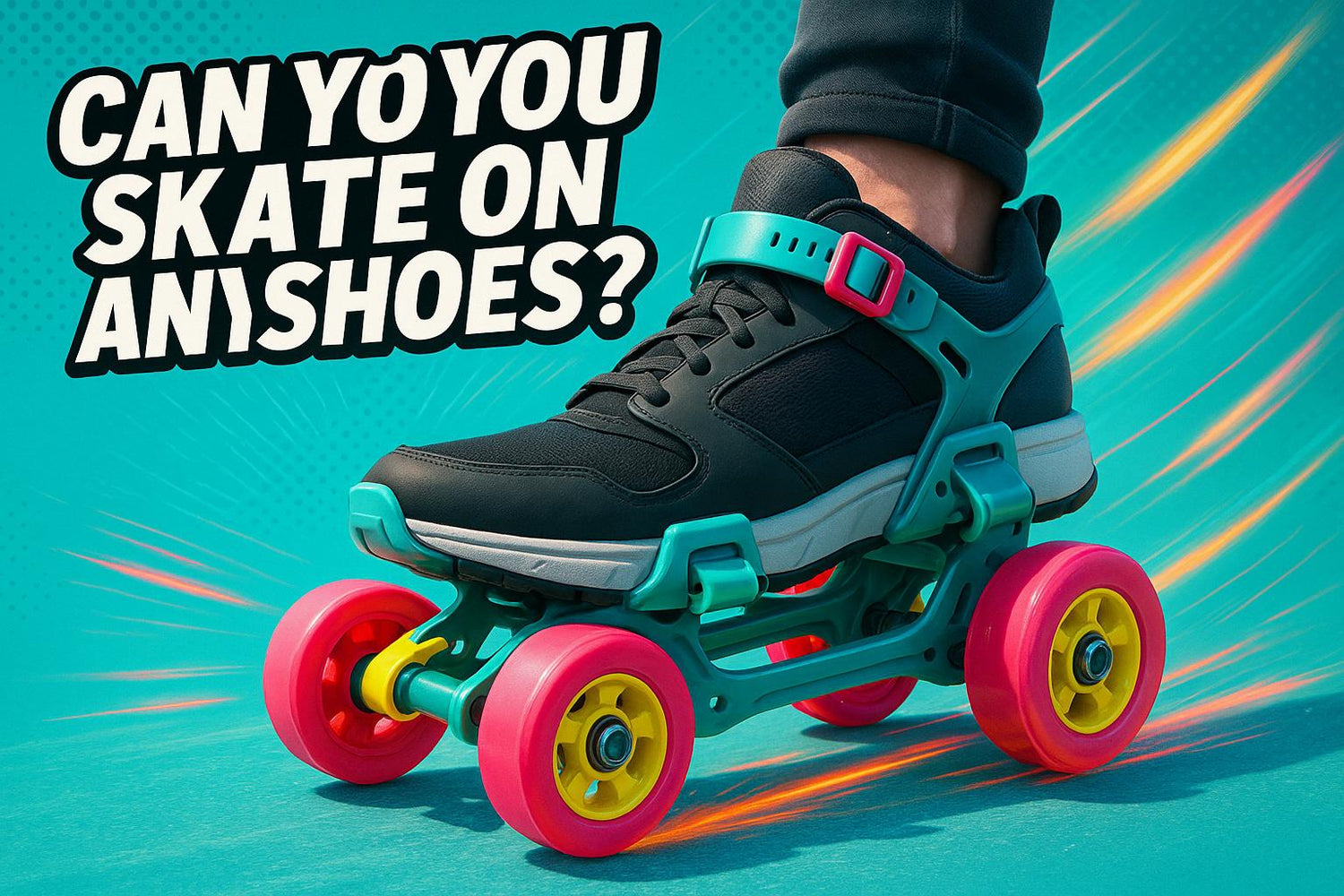
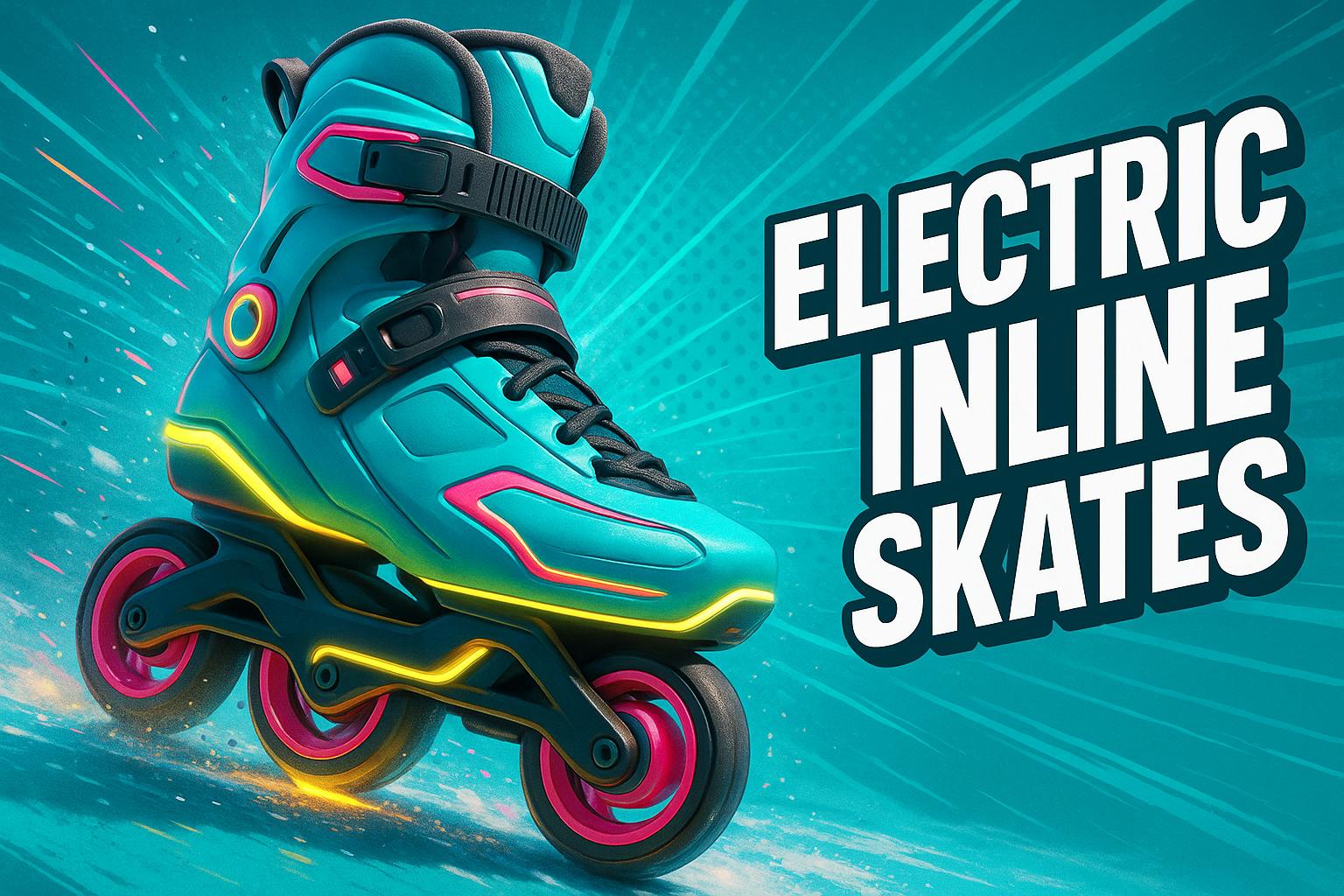
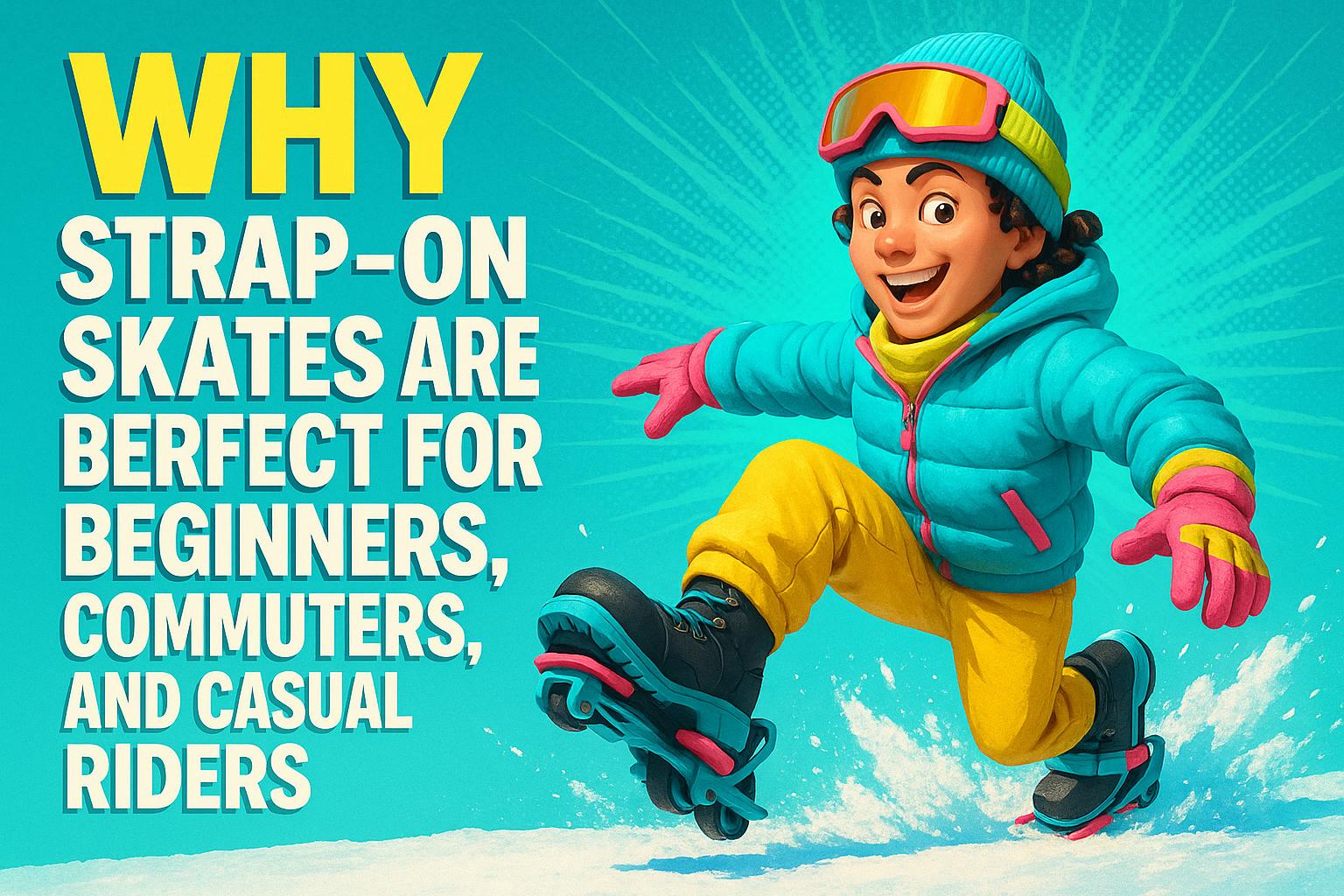
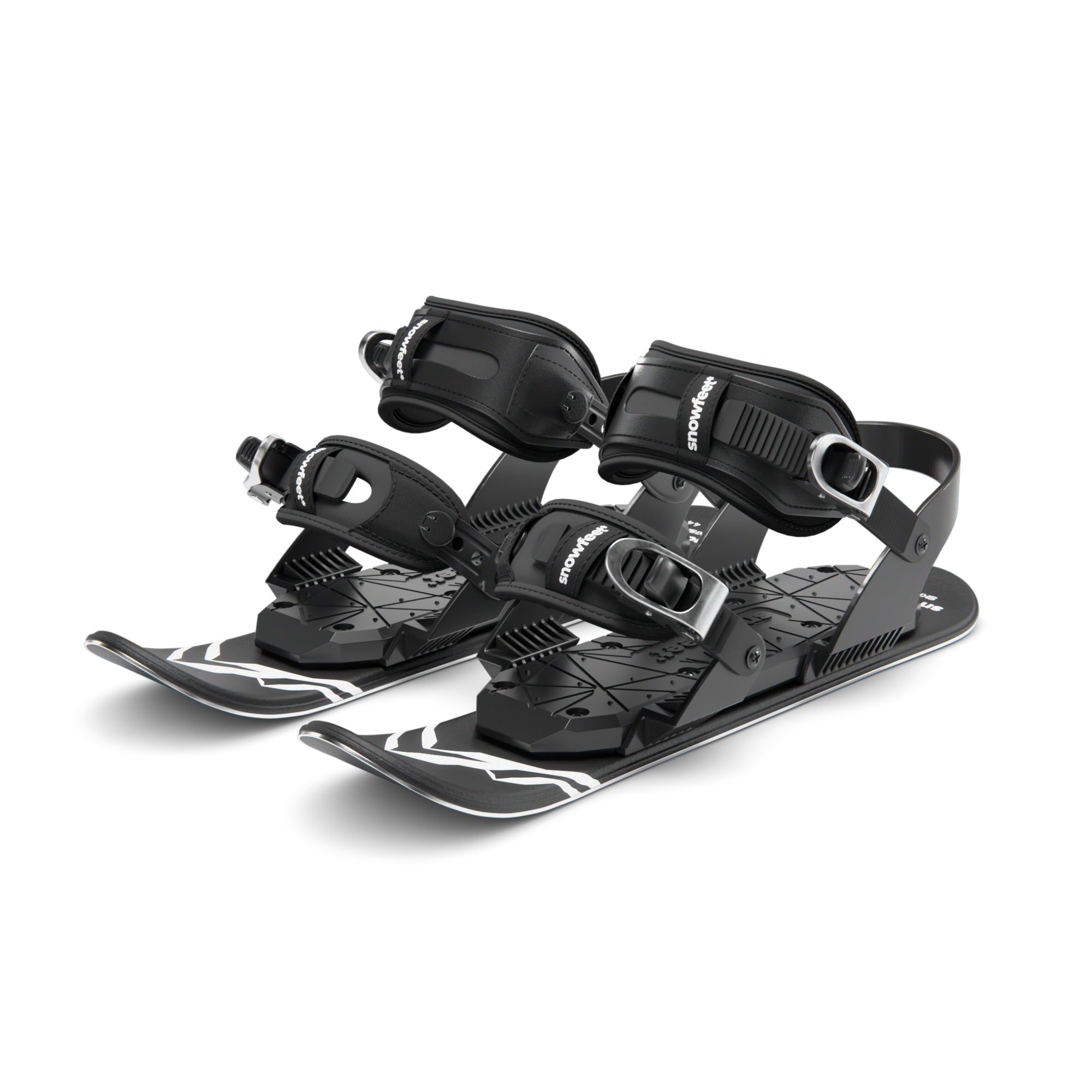
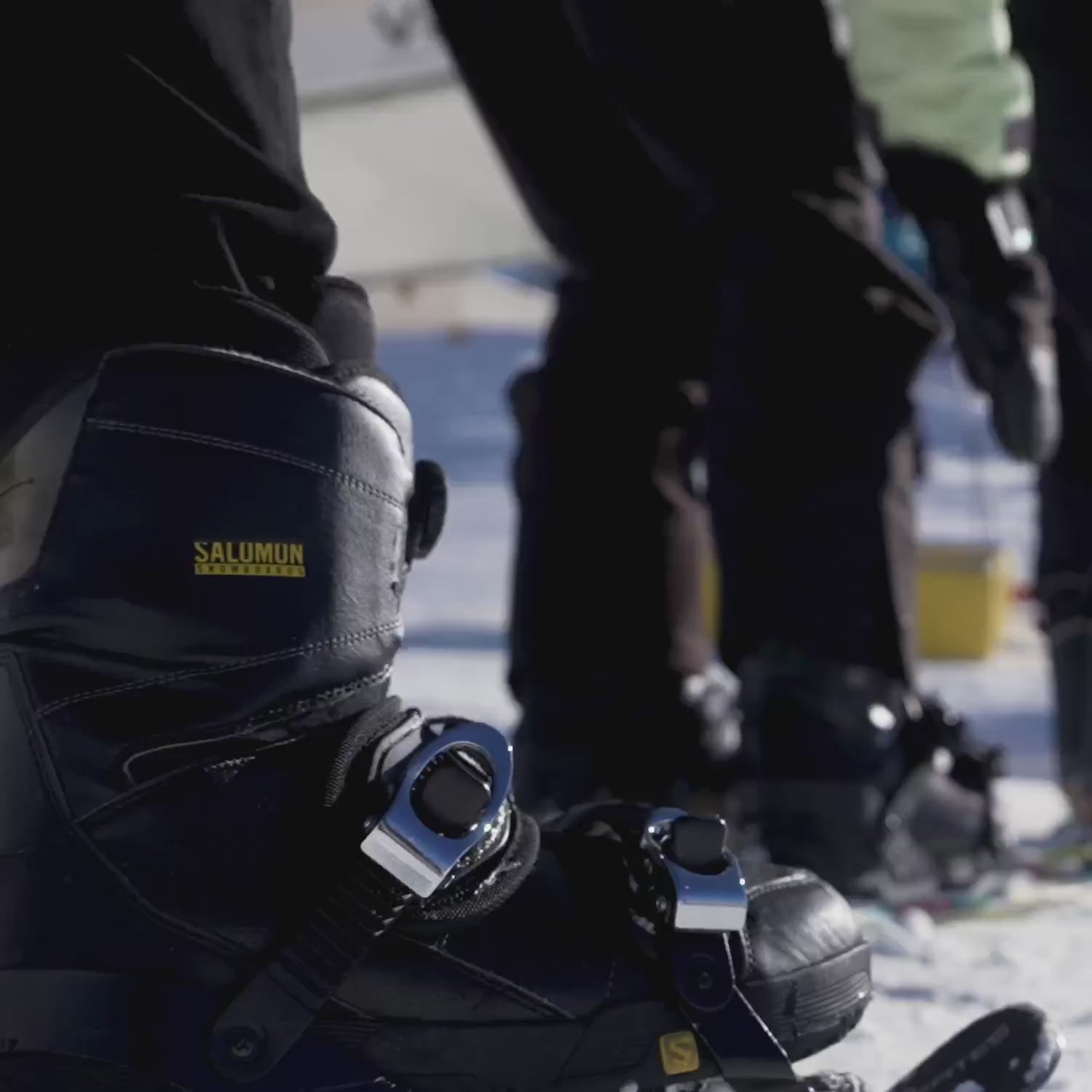
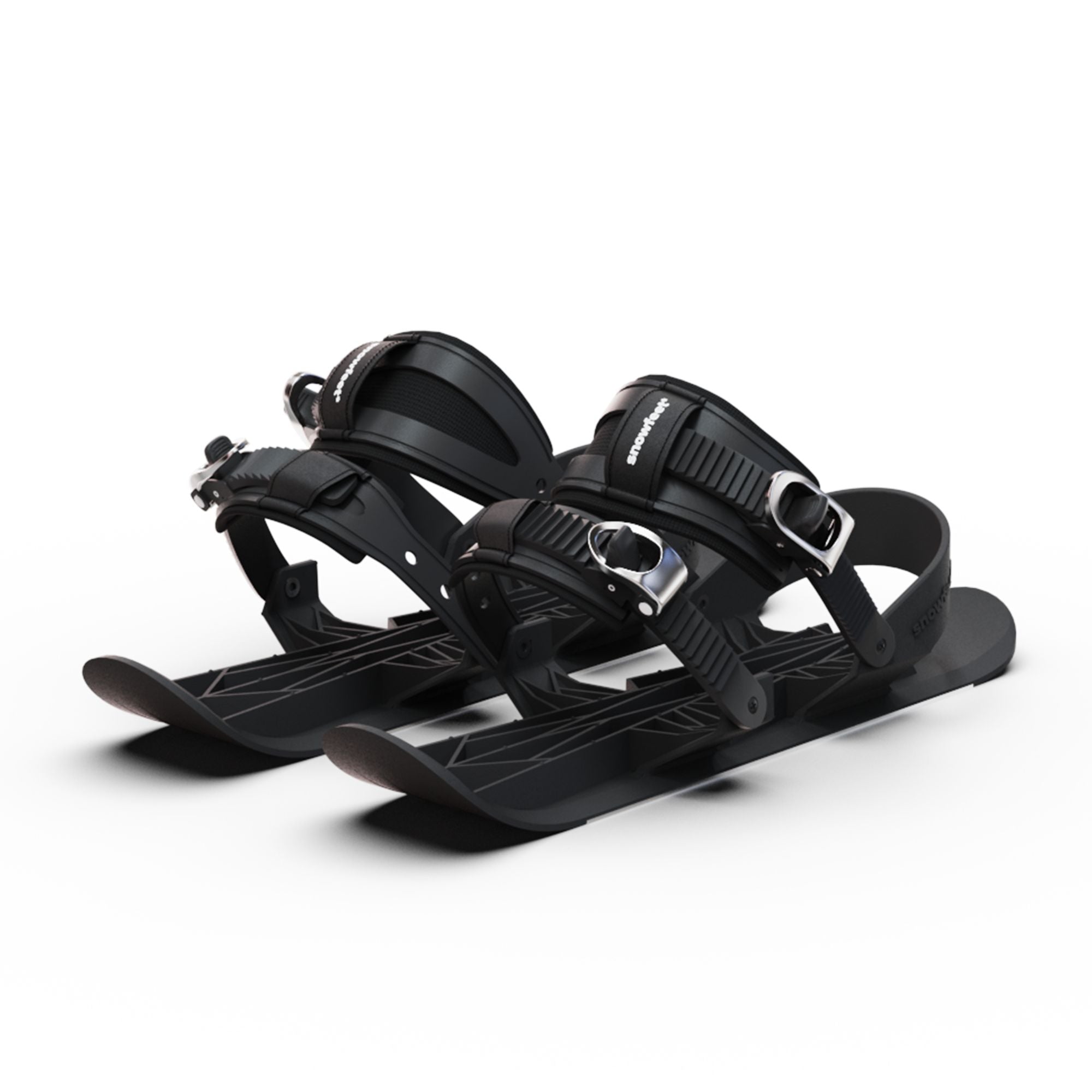
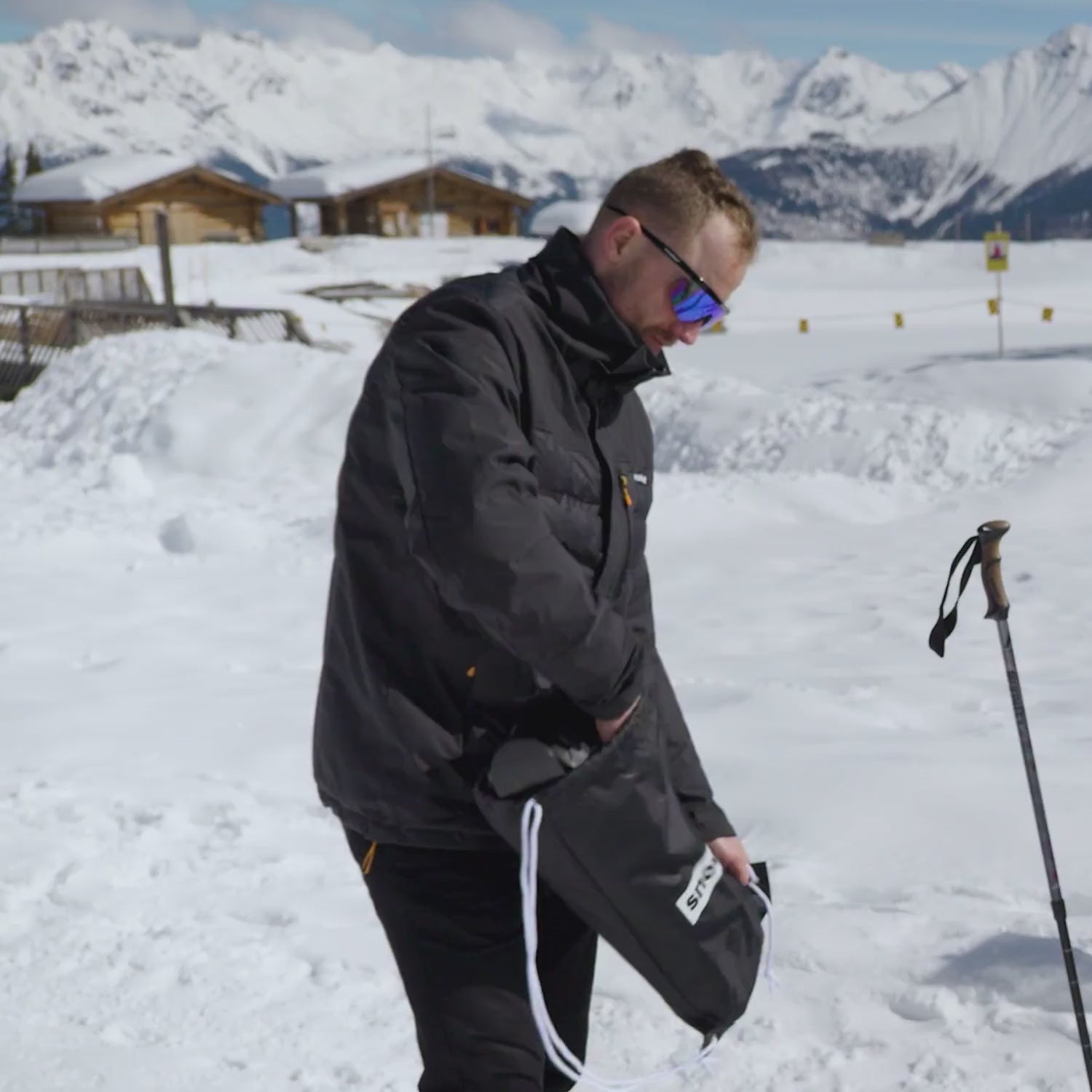
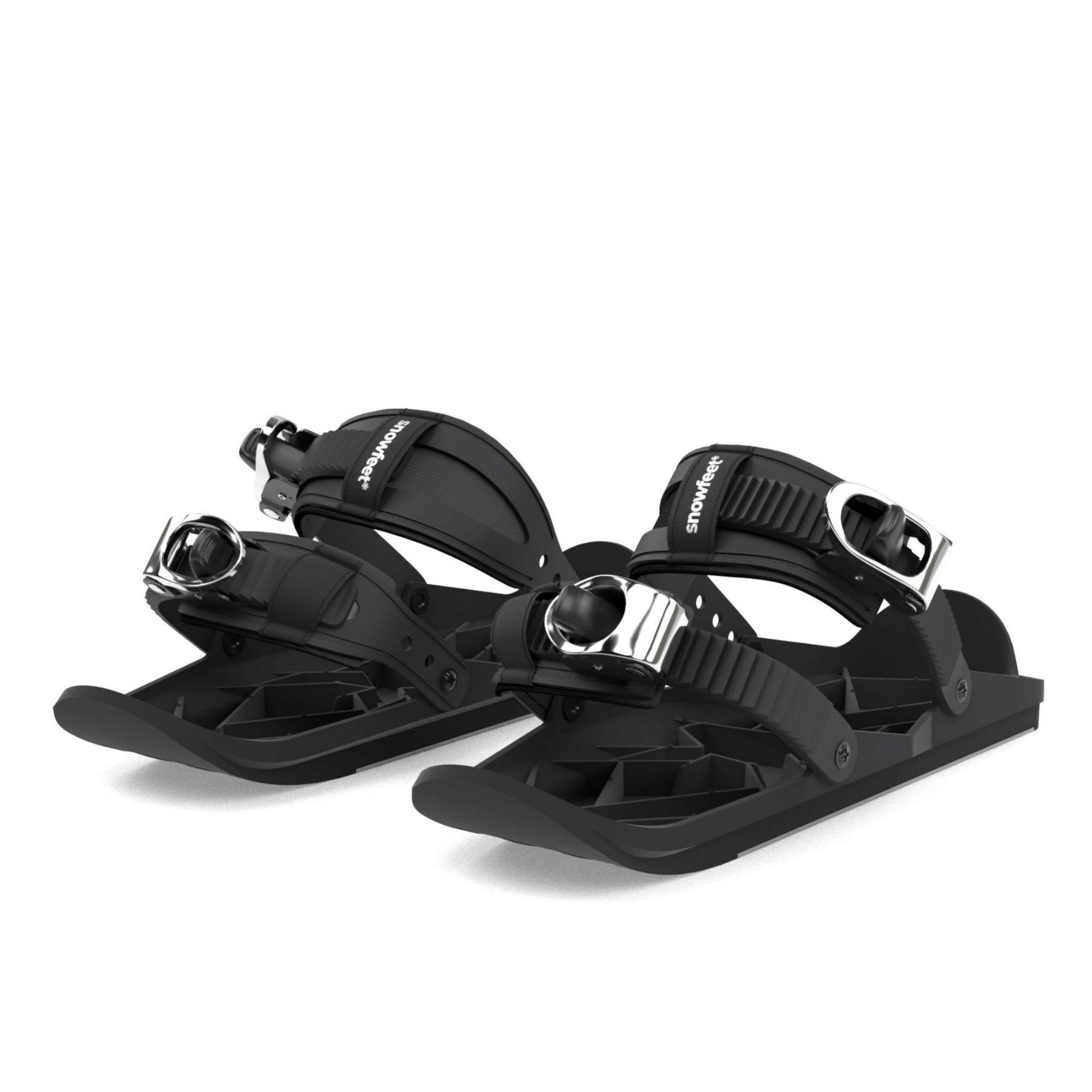
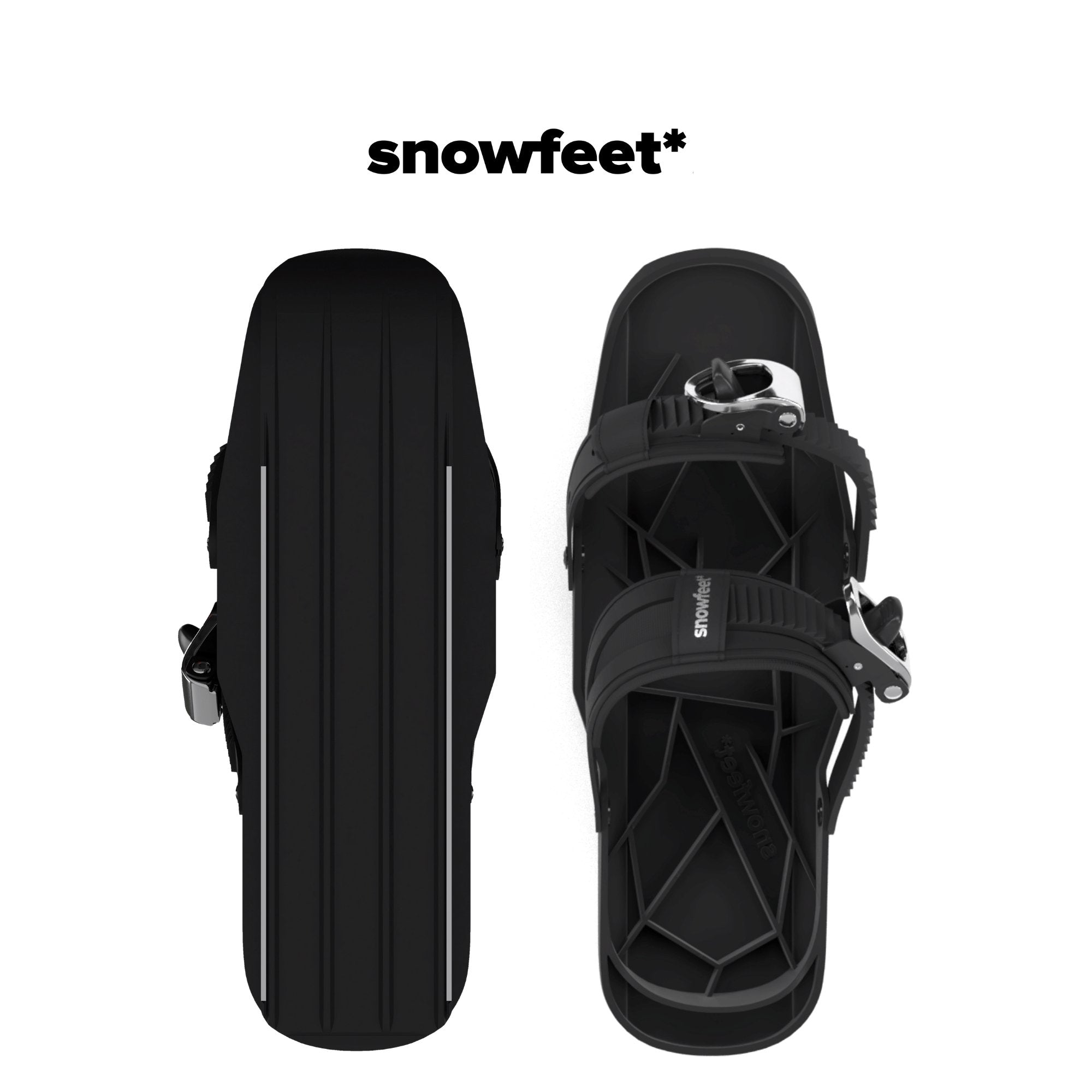
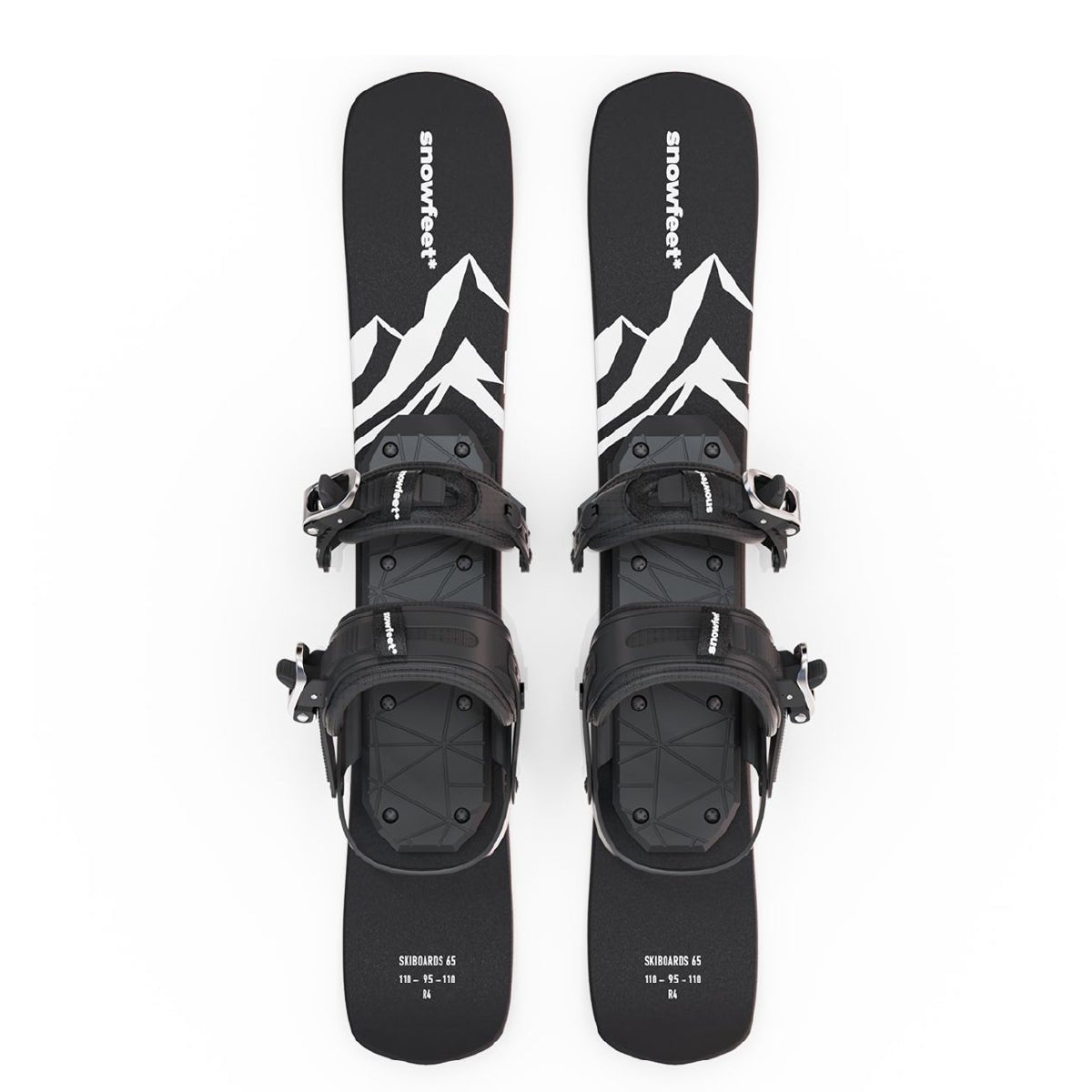
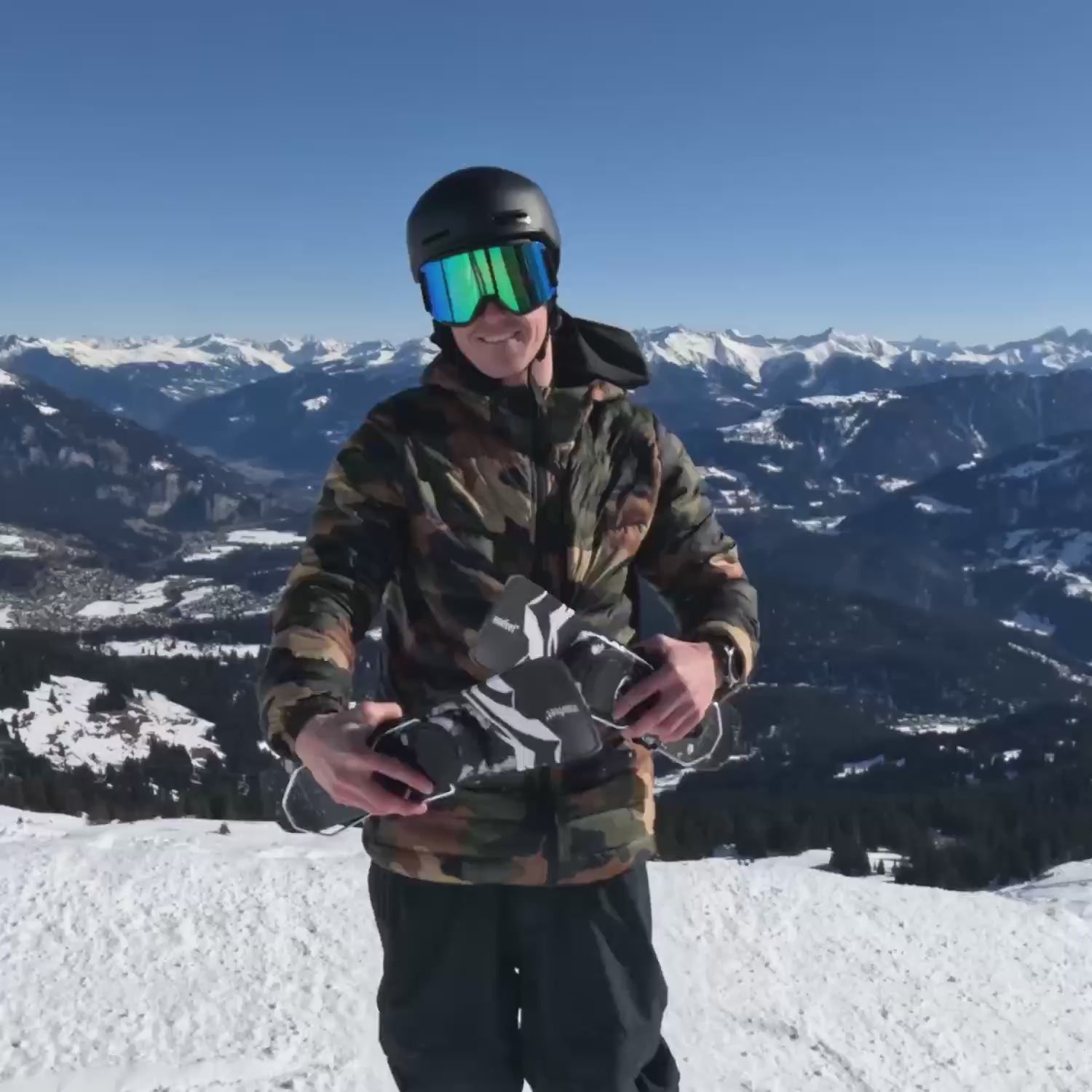
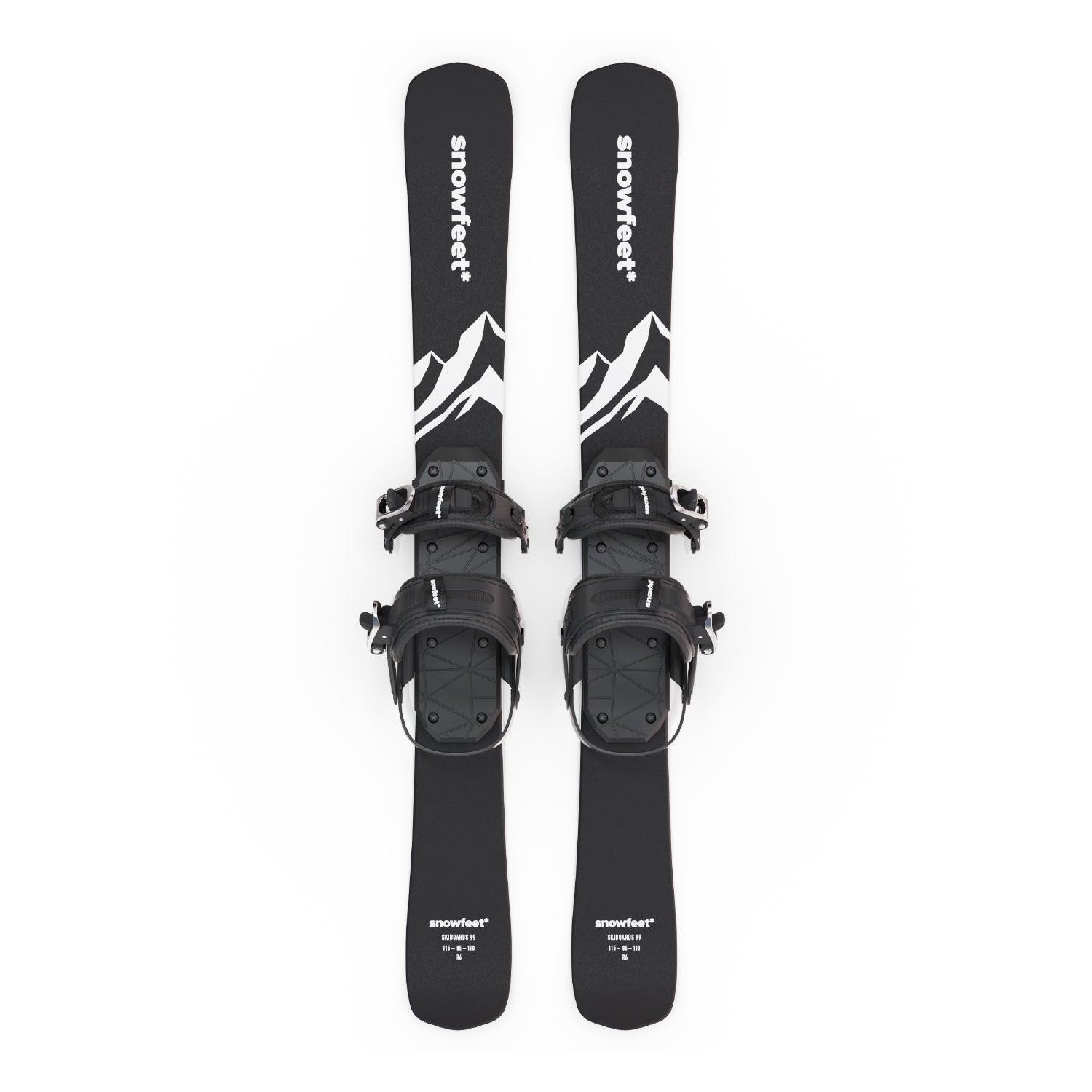
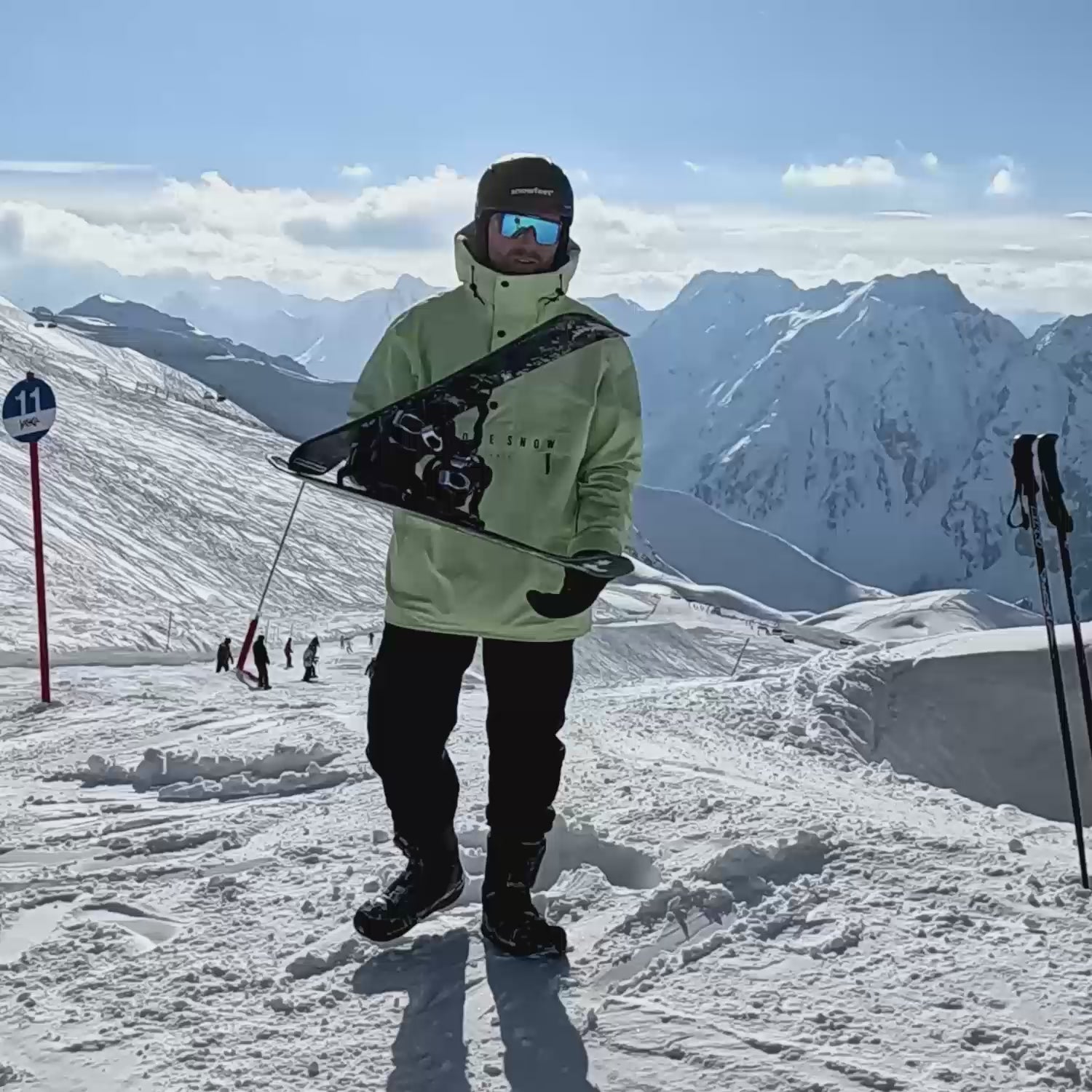
Leave a comment
This site is protected by hCaptcha and the hCaptcha Privacy Policy and Terms of Service apply.